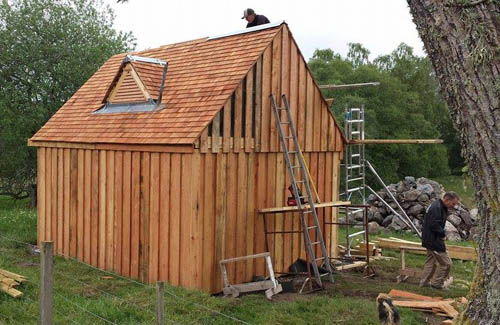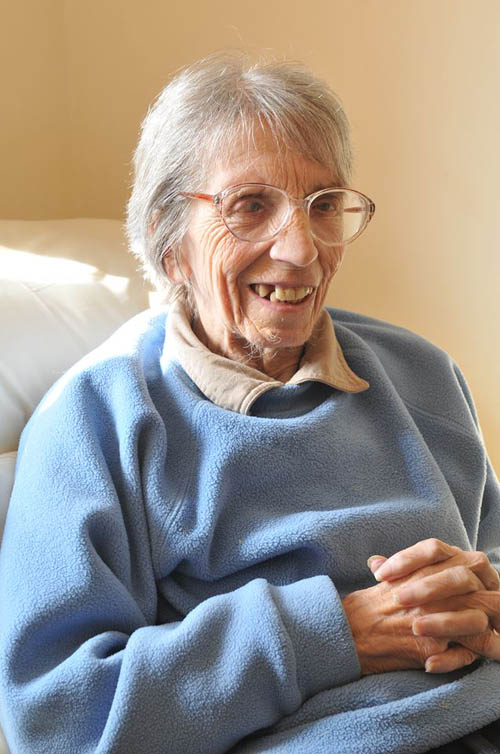A CASH-strapped council has been condemned for lavishing £16,000 on a luxury home for bats in an area with a chronic housing shortage.
Highland Council spent £12,000 of taxpayers’ cash on the two-storey wooden bathouse which boasts a tiled roof and dormer windows.
The authority paid a “bat consultant” a further £4,040 to advise on the project south of Inverness.
The spending has been branded as “outrageous” by locals – some of whom have to live in caravans for months while they wait for affordable housing to become available.

And taxpayers’ groups said it was wrong to spend so much money on “social housing for bats” when people need places to live. Highland Council last year announced a £64m budget cut over the next five years.
The row centres on the hamlet of Errogie, about 20 miles south of Inverness, where protected pipistrelle and brown long-eared bats roosted in the eaves and outbuildings of an elderly lady’s home.
When Marie Greenaway died in February, her property was taken by Highland Council to cover nursing home fees. The council decided to demolish the property and build two homes for affordable rent on the site.
But because the plan robbed the bat colony of its home, Scottish Natural Heritage (SNH) stepped in and told council chiefs they would have to spend part of the cash accommodating the creatures.
The resulting bat home is an amazing 2.5m high (8ft), 5m (16ft) long and 4m (13ft) wide. The structure is so big a neighbouring landowner had to be asked to “lend” part of their property.
It is made from natural-sawn, untreated pine six inches thick. Some original beams from the demolished cottage were added to the design to give the bat house a rustic touch.
The bats can enter their new home through two dormer windows built into the roof.
Local Heather Parrot, 54, said: “It seems outrageous. All the bats needed was a bit of old building or a bit of old roof.
“It seems excessive when certain families are living in caravans.”
Local barman Tom Bryant, 29, waited nearly four years for a housing association property in the area, making do with short-term rents, including empty holiday accommodation.

Tom said his brother, Jack, who works in a local hotel, is living in a caravan while he waits for affordable housing to become available.
The father of five claimed the money had been spent on bats because officials were worried about getting “moaned at by animal rights people”.
Tom said it had taken the council about four years to start building any affordable housing in the area but the bats had got much more rapid help.
He said: “It’s amazing how quickly a shed can go up. It’s quite an expensive shed, isn’t it?”
A spokesman for Taxpayers Scotland said: “Scotland’s bats did perfectly well before they were given social housing, and one has to ask how successful they imagine the bat house will be.
“Will they direct bats with signage towards their new accommodation?
“The council should take care of the environment and the inhabitants within it. But with money it should be prioritising two-legged creatures over winged ones.”
The rapid growth of Inverness has helped contribute to a shortage of housing in the wider area with family homes typically selling for around £200,000 – well beyond the reach of many working locals.
Ben Ross, SNH’s licensing manager, said: “We generally ask for a replacement on a like-for-like basis, and this can usually be incorporated easily into new developments in existing or proposed structures, such as stores or garages.
“Most importantly, we try to ensure that any development provides appropriate roosting opportunities for bats in the long-term, as is the case here.”
A Highland Council spokeswoman said they were required by SNH to get a European Protected Species Licence for the affordable homes development.
“The licence required the provision of Bat Compensatory measures as specified in the Bat Protection Plan, which forms part of the Licence,” said a spokesman.
“It is of high specification in order to provide a durable structure.”

